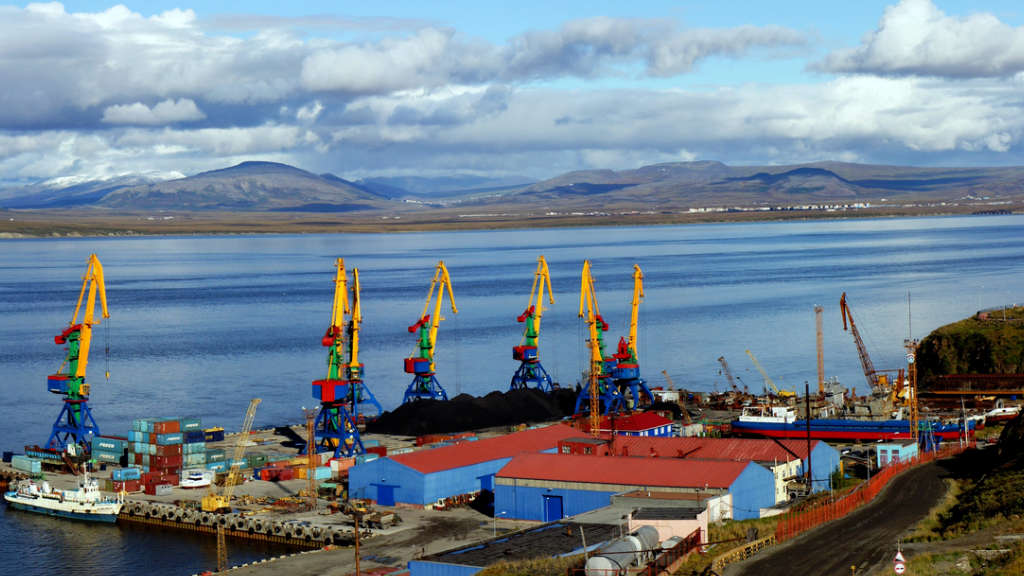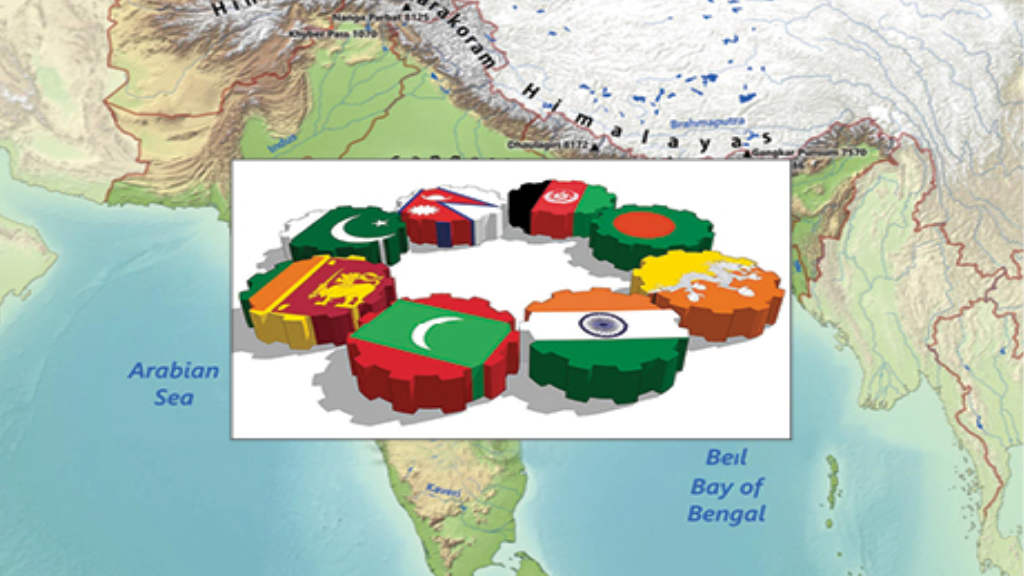The Tongjiang-Nizhneleninskoye railway bridge is the first cross-river railway bridge between China and Russia. It is located across the Heilongjiang River, which is known as the Amur River in Russia. Also known as the Amur railway bridge, it connects Tongjiang city in the northeastern Heilongjiang province of China and Nizhneleninskoye in the eastern Jewish Autonomous Oblast of Russia.
Two terminals will be built in the area of the border crossing: one for petrochemical products and the second for transhipment of various cargoes. Total investments in the projects are estimated at 115 billion roubles, according to Maria Kostyuk, the acting governor of the region, announced in her Telegram channel. It is expected that these two projects will create more than 300 jobs in the region, ensure stable tax revenues for the budget and generally improve the quality of life in the Jewish Autonomous Oblast.
The Nizhneleninskoye-Tongjiang Bridge became the first railway bridge between Russia and China. It was opened for cargo transportation in November 2022. However, for the first months, it was used only by Russia and exclusively for the delivery of raw materials to China – coal and ore. It was only in July 2023 that the first container train from China crossed the bridge, and in October of the same year, Russia launched container transportation via a new cross-border crossing.
At the same time, it has been repeatedly reported that in the area of the Nizhneleninskoye-Tongjiang railway bridge, they intend to actively develop the necessary logistics infrastructure for transhipment of a broad range of goods.
Specifically to build a grain terminal, a transhipment complex for petroleum products, and logistics centres for transhipment of goods and raw materials from one mode of transport to another and the organization of multimodal chains. Moreover, the border geography allows not only using rail or road transport but also sending goods along the Amur River.
Further Reading





